There is support for the KPS active shooter plan at Loy Norrix, but staff and students want more training
Credit: James Hauke
Loy Norrix students walk through the main hallway during passing time between second and third period. Part of the ALICE training is making sure that all students, no matter where in the building they are, have the information they need to make decisions for their safety
February 28, 2022
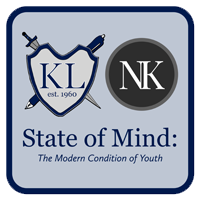 Editor’s note: This story is part of “State of Mind: The Modern Condition of Youth,” produced in partnership with local, independent news outlet NowKalamazoo, which provided editorial support and guidance.
Editor’s note: This story is part of “State of Mind: The Modern Condition of Youth,” produced in partnership with local, independent news outlet NowKalamazoo, which provided editorial support and guidance.
The ALICE training is the official KPS active shooter plan, and this year students and teachers should be able to expect more information and training. This training was last heard of prior to the pandemic. With school shootings haunting the news and plaguing people’s minds, it’s important for schools to be prepared.
Since the start of the 2019 school year, Kalamazoo Public Schools has been using the ALICE active shooter training, an acronym that stands for Alert, Lockdown, Inform, Counter and Evacuate.
As of now there has been no communication since the pandemic to students or parents about the active shooter plan. There has also been no formal training for teachers since prior to the pandemic, which raises concerns, considering the uptick of new teachers in KPS.
When there’s a crisis situation, you forget everything except your training.
— KPS Chief of Staff and Security Donald Webster
In a poll that surveyed seven new teachers at Loy Norrix, 100% answered that they had not been trained on an active shooter plan this year. When asked if they had gotten any communication regarding a KPS active shooter plan this year, six answered no, and the other one answered that they didn’t remember.
KPS Chief of Staff and Security Donald Webster said, “When there’s a crisis situation, you forget everything except your training.”
Loy Norrix principal Christopher Aguinaga feels that all teachers have enough understanding of ALICE and of lockdown and intruder protocols to have an emergency situation run correctly.
“At Norrix we put the whole procedure in our staff handbook. It’s reviewed at our first staff meeting for all staff, including new,” Aguinaga explained.
When asked what the KPS active shooter plan is, teacher James Johnson said, “I can’t say with 100% certainty… we were shut down for COVID, so it’s been a while since I heard exactly what we were doing.”
Even if there was communication that the staff cannot recall, the fact remains that the majority of newer teachers feel unprepared for an active shooter situation, and other teachers haven’t been getting enough clarification.
In a poll that surveyed Loy Norrix upperclassmen, 76 of the 99 people that responded said that they did not know what Loy Norrix’s active shooter plan is this year. These students would have attended Loy Norrix during the 2019-2020 school year, which was the last time ALICE training was taught. When asked if they wanted to be trained and informed on the active shooter plan 64.6% said yes, 24.2% said maybe and 11.1% said no.
To combat this, Webster shared that his goal is to get all teachers trained online in ALICE protocol. There will also be one enhanced lockdown drill at some point during the 2021-2022 school year using the ALICE training plan.
“It will be an enhanced lockdown focusing on if we have an active intruder that can enter our building,” Webster explained.
The ALICE training is a model that gives people options on how to react during an emergency like a school shooting and provides a diverse number of choices depending on the threat, your location and the communication you receive.
Aguinaga described ALICE training as “a protocol in which there is active communication that is being given to teachers and students on where an active shooter would be in the building, where would be safe routes to leave the building, and where we would need students to either hunker down or stay in place to remain safe.”
Three general lockdown drills each year are required by the state, but enhanced lockdown drills that would be used in the case of an active intruder are only recommended. In 2019, teachers went through an online ALICE training, and then, in school, with the help of law enforcement officers providing tools and training, teachers and students got to run the drills and learn more about the protocol.
The ALICE plan itself is generally well liked by students and staff at LN.
“I’m a big fan of it. It gives people options. That’s the whole point, if there’s an emergency it’s not just one size fits all,” Johnson remarked.
In 2019, the plan was met with some backlash from parents who felt it was too severe to be taught to children in elementary and middle school, but overall it was well received with students at a 2019 board meeting stating that they felt prepared and confident as a result of the training.
As well as the ALICE model in place to keep students safe, Aguinaga shared that other changes have been made at Loy Norrix to stay prepared in the case of an active shooter.
“At one point it used to be one place, which was the room behind Ms. Dante’s desk, where announcements could be made. They can be made in almost any administrator’s office now,” Aguinaga said.
Because communication is such a key part in the success of ALICE, this update makes a big difference.
When talking about active shooter training, some people have mixed feelings. While everyone can agree that school shootings are a problem, with 249 school shootings in the US during 2021, not everyone sees active shooter drills as beneficial.
According to an Everytown research report, “Active shooter drills in schools are associated with increases in depression (39%), stress and anxiety (42%), and physiological health problems (23%) overall, including children from as young as five years old up to high schoolers.”
Webster agreed that the mental health of students is a factor. He wants there to be training, “but not to the point where it overwhelms the students… just enough to give them information so they can say ‘okay, I can do this.’”
Training should happen this school year, and in the meantime, students can find more ALICE training information on the ALICE
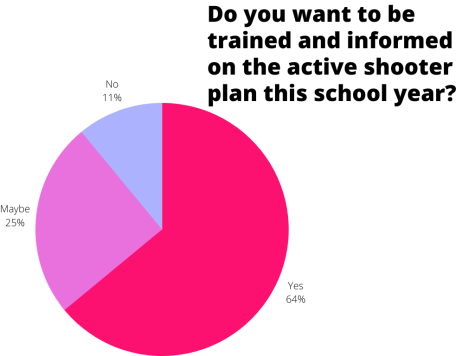
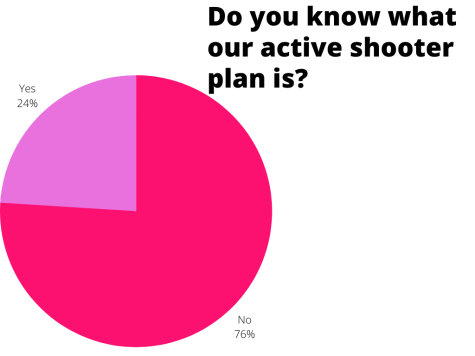


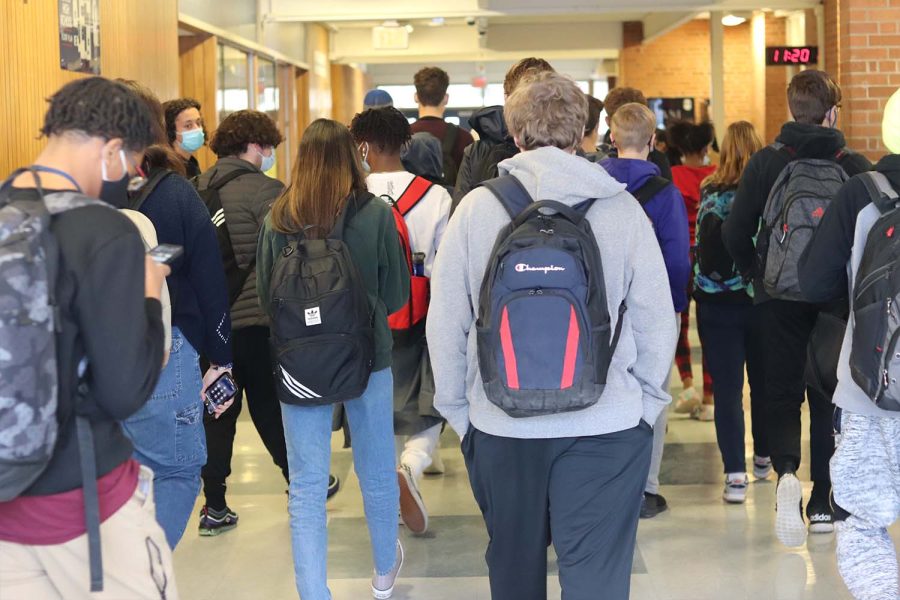




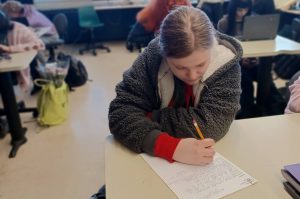


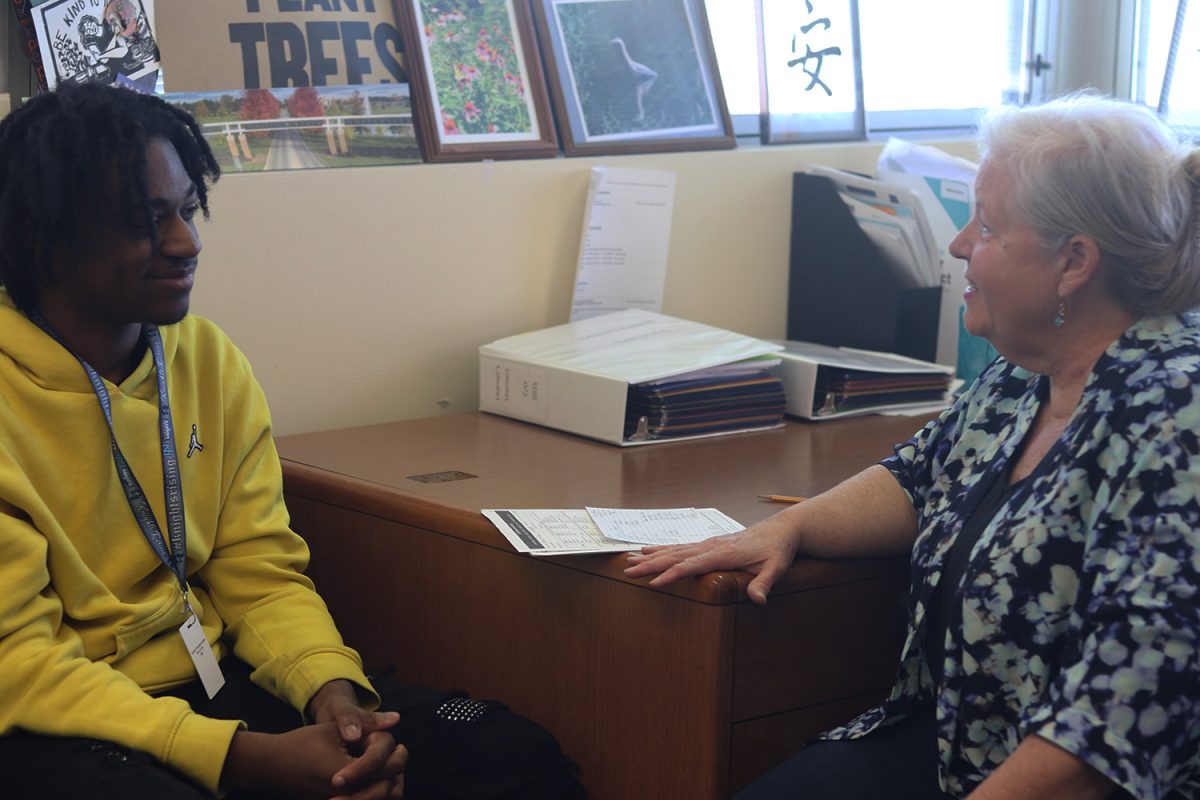
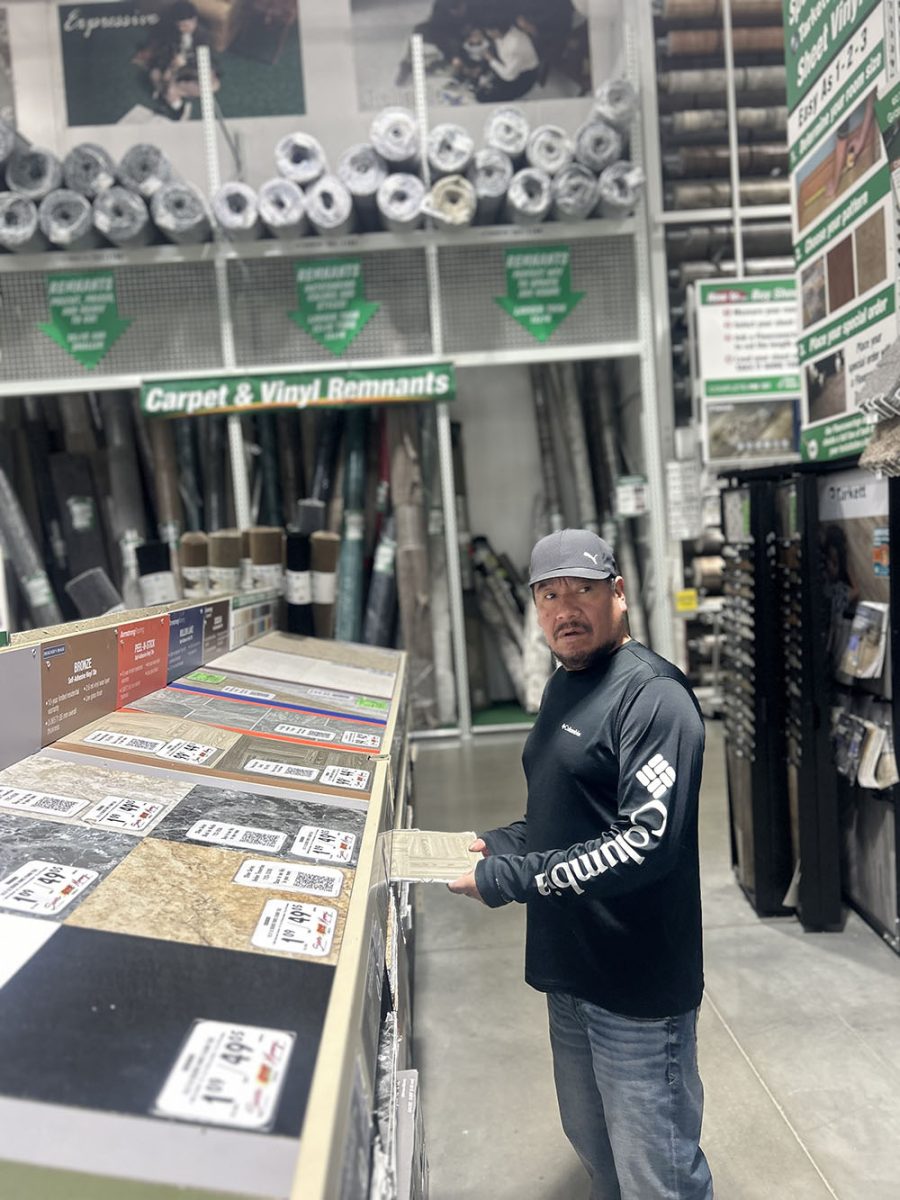
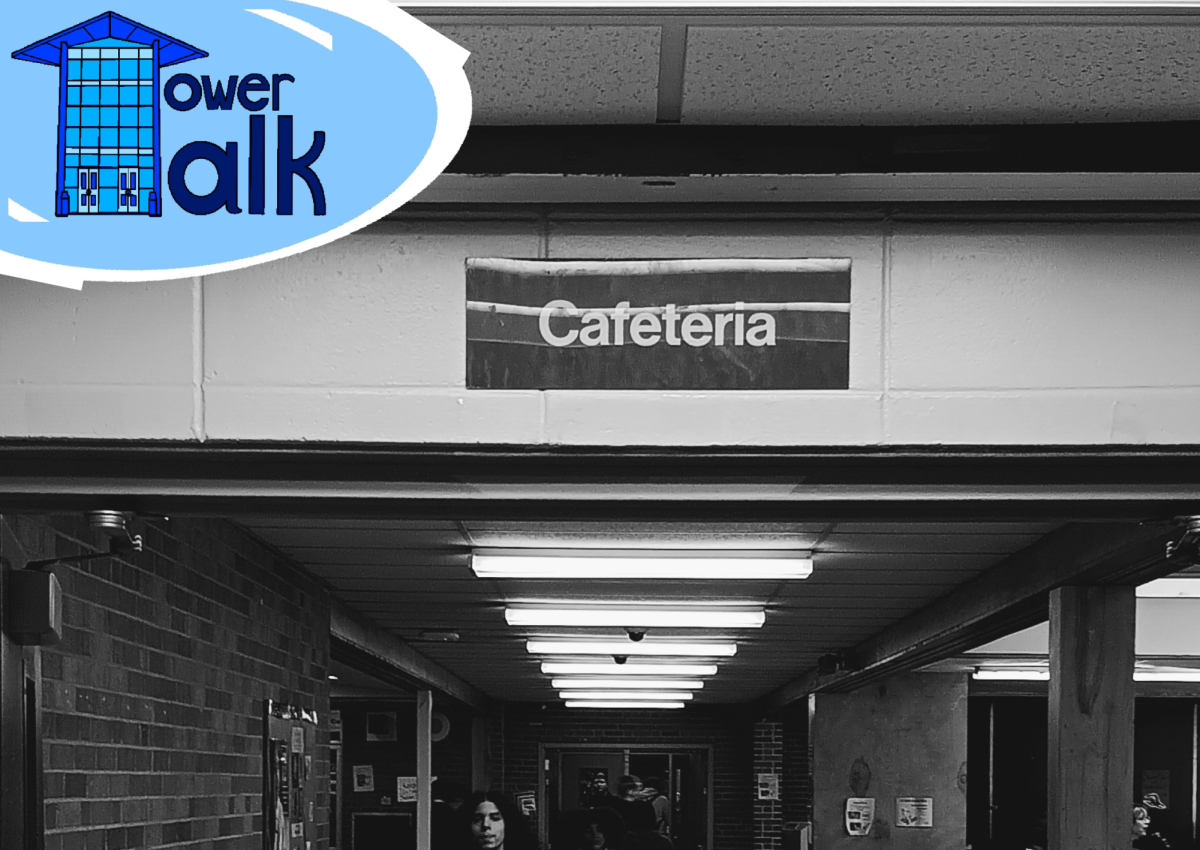
Alex Houslander • Feb 28, 2022 at 11:24 am
Some teachers not knowing exactly what we’re doing during an active shooter situation is pretty concerning.